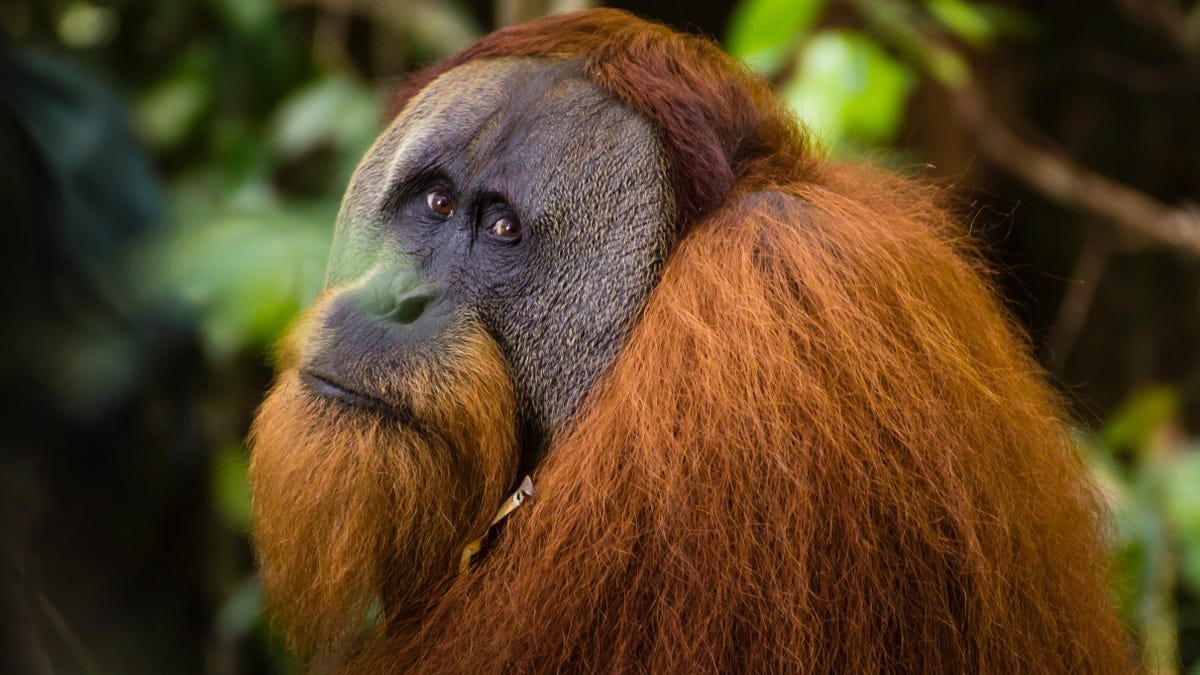One of the curious things we commonly see in our city during the summer is the rapid flight of swifts, especially around and across the arches of our canal. Not only do the residents themselves admire the spectacle, but it strongly attracts the attention of our visitors. These birds can reach a distance of 110 kilometers in horizontal flight, and up to 300 kilometers in diving.
Well, it seems now, for a little while, that the “airspace” of our city is dominated by Griffon Vultures, which fly at a relatively low altitude and on a fair number of days between twelve and one in the afternoon.
It will be the experts in knowing these animals, with their large covering wings, who will be able to find the reason, which is not an easy matter for us who are not experts on the subject.
The Montejo de la Vega Raptor Sanctuary is located just over 100 km from our city, so this information could also be interesting for possible causes.
In this topic, I refer to another article that I published in this section in February 1921, where I referred to the fact that an important refuge for birds of prey had been found in that area.
I also remembered that one of the first people to report this was someone who was then a national teacher – what a beautiful and evocative name – at Montego, a good friend of whom I had lost track, and who was also fond of researching those places, which he knew. Translated into some books. Dionisio Escudero was a correspondent of this newspaper, and this is where the first news of the asylum was given by the frequent records he sent on the subject.
In those 1970s, Montejo had a population of 400, according to the Geographical and Cadastral Yearbook, and had a church, a priest, a lodge, a doctor, and two schools, one of which was run by our friend Dionisio.
Year after year, the official issues of the refuge were formalized, which traces its origins to the famous naturalist and famous television commentator Felix Rodríguez de la Fuente, vice president of ADENA (now transformed into WWFEpaña), who signed an agreement with the city council of Montejo.
The sanctuary was officially opened in 1974 by King Juan Carlos I, and since then it has gone through different phases. For some actions in the vicinity of the refuge, one of the best in Spain and even in the world, it was necessary for the European Commission to grant the LIFE Nature project LIFE98 NAT/E005361 the management of the raptor refuges in Montejo de la Vega for this period. 1998-2000. European funding began to arrive here to preserve the place and to hold sports and recreational activities there, until the Hoces del Duratón National Park was created in 2004 on the initiative of the Government of Castilla y León, representing a complete guarantee for the protection of this natural space. The latest statistics for the refuge colony speak of 222 pairs of griffon vultures.
The Montego Refuge is located in the northeast of the province, and occupies a group of canyons and valleys extending over a distance of 12 kilometers, with an area of 2,100 hectares of the Montego region.
At the eastern end of the valley is the 315-hectare Linares del Arroyo Raptor Refuge and Reservoir. Which is managed by the Duero Hydrographic Union.
Well, now you know we'll have to devote a few minutes a day to trying to observe the flight, and I repeat, I'm low on the heights at which eagles usually fly. It is a little taller than the pigeons, because it flies in flocks and sits on the dome of the cathedral's tabernacle. The scene is to see them “landing” and flying as soon as they hear something strange. They don't trust themselves… except to watch the balcony tables waiting for something edible to fall, fighting with dozens of birds.





